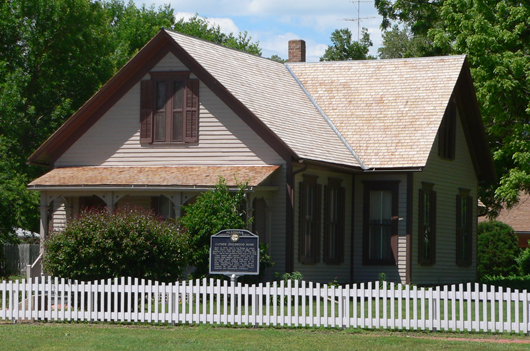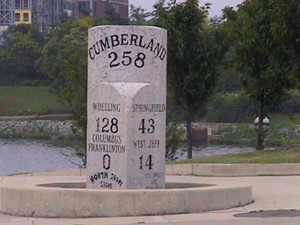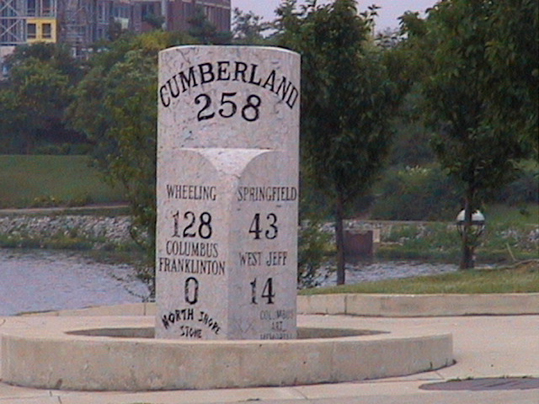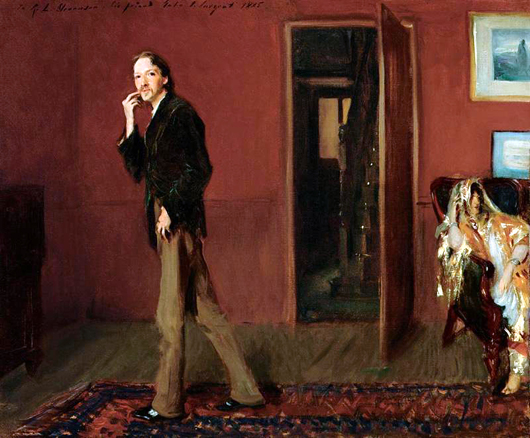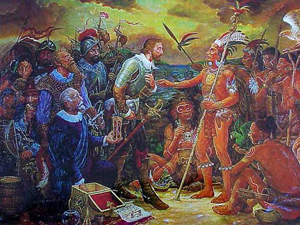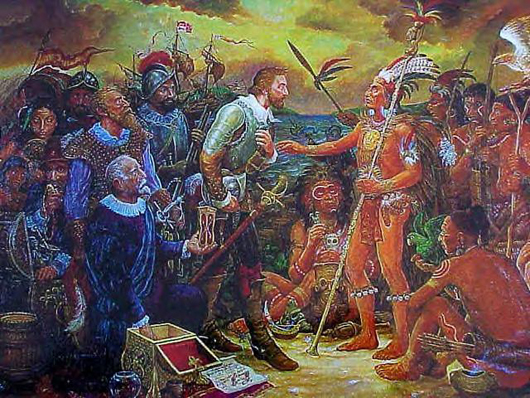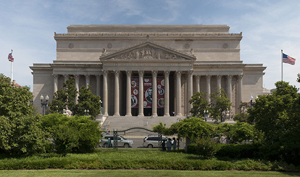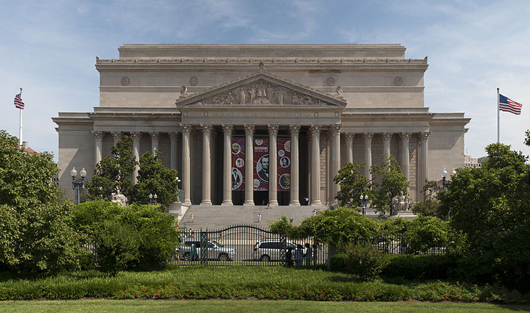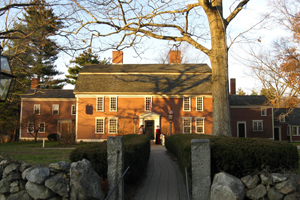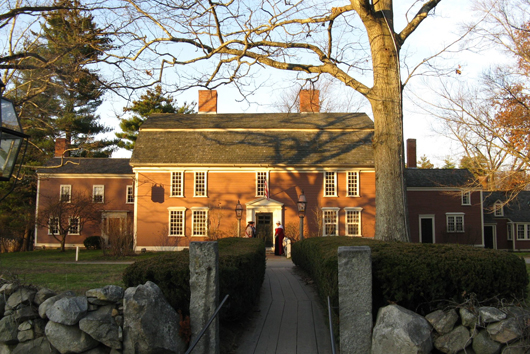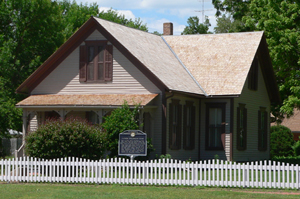
“Guide Rock built their opera house in 1905, when the town had 419 people, and they built an opera house that had 400 seats in it,” said Jay Yost, president emeritus of the Willa Cather Foundation board of governors. “To me that was the height of optimism, because it’s not as if you’re going to get the same 400 people in town for four performances, so they thought the town would get much bigger. It just showed you what people thought would happen with their towns.”
That opera house in Guide Rock is just one of 63 from across Nebraska represented by the Yost/Leak collection of postcards and memorabilia displayed in the Red Cloud Opera House. The total collection includes more than 200 opera houses. The collection will return to the Red Cloud Opera House Aug. 15 and remain in the gallery until Sept. 10.
Yost, who grew up in Red Cloud, now is a New York City banker. He discussed the collection and the opera houses in “Social Networking 1890: Nebraska Opera Houses in their Heyday,” a presentation he made as part of the 56th annual Willa Cather Spring Conference.
“Now we have Twitter and Facebook and all those ways for people to connect,” he said during an interview.
“Back in the 1890s and 1910s, one of the major ways people were able to connect with other people was getting together at the opera house. That was for community plays or weddings or dances as well as performances by traveling troops or musical companies or opera companies. Things like that.”
Stephany Thompson, director of foundation programming, said the Yost/Leak collection provides a local context to the overall theme of the annual Willa Cather conference.
“I think it brings a sense of what the state of Nebraska’s history of popular culture was,” she said. “I think many of the topics discussed in the conference will be of an international theme. The fact that we have a collection of Nebraska postcards really brings it to back to this state, to this area.”
Yost began collecting artifacts relating to pre-World War I performance spaces in Nebraska and Kansas around 2000.
“I got on the Cather Board in the late ’90s,” he said. “We were in the process of raising money to do this restoration (of the Red Cloud Opera House), and eBay was just coming out then. I thought it would be cool to start collecting opera house memorabilia thinking someday we would want to do something like this.”
The Yost/Leak collection includes more than just postcards. In the Opera House gallery now there are souvenirs such as spoons from the Arapahoe Opera House.
“Again, it shows you how important the thing was when they were doing commemorative souvenirs of these places, because it was one of the places in town that somebody would want to remember,” Yost said. He said at one time there were 513 documented opera houses in Nebraska. A study in the late 1980s showed only about 25 percent of those opera houses remained by then and only about 25 percent of those hadn’t been significantly damaged.
“For me it’s just sad that so many small towns don’t have a place to come together now,” Yost said. “You might have a community hall, but there’s really no soul to it. You can’t put on a performance, or we have had the prom dinner here the last couple of years, so people are recreating those memories three generations down the road.”
___
Information from: Hastings Tribune, www.hastingstribune.com
Copyright 2011 Associated Press.
All rights reserved. This material may not be published, broadcast, rewritten, or redistributed.
AP-WF-05-06-11 2248GMT
ADDITIONAL IAMGE OF NOTE
